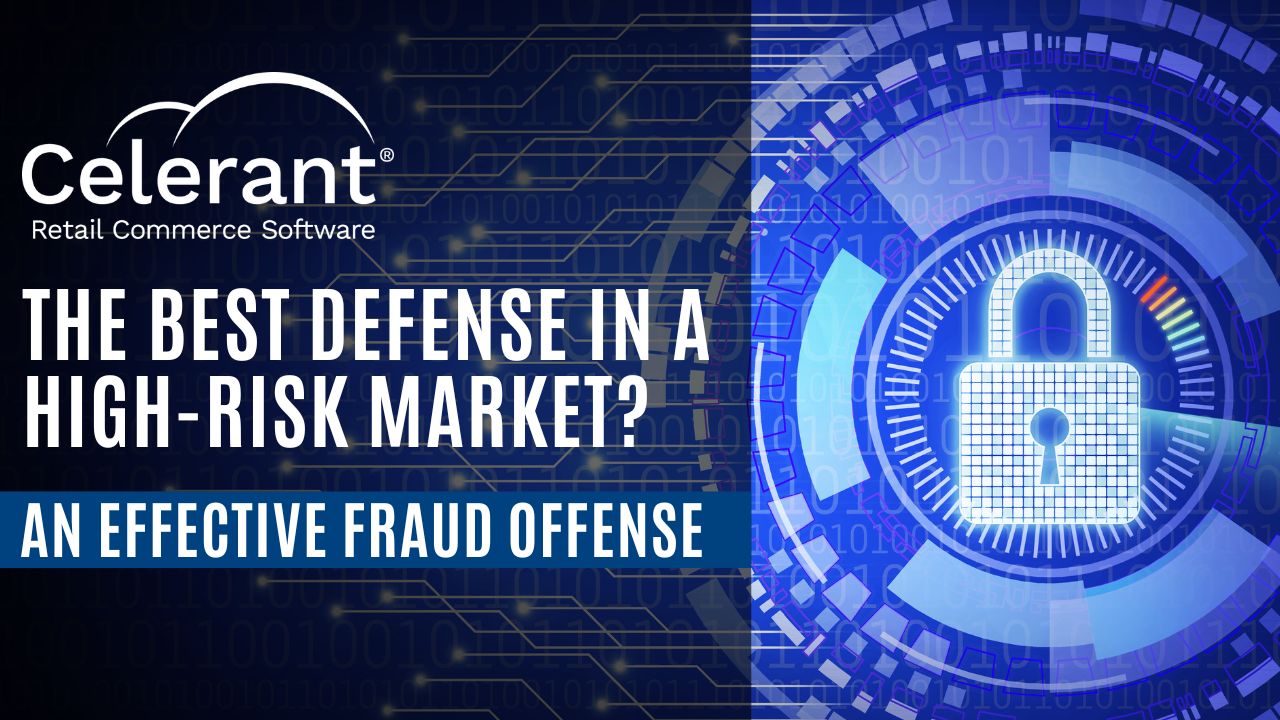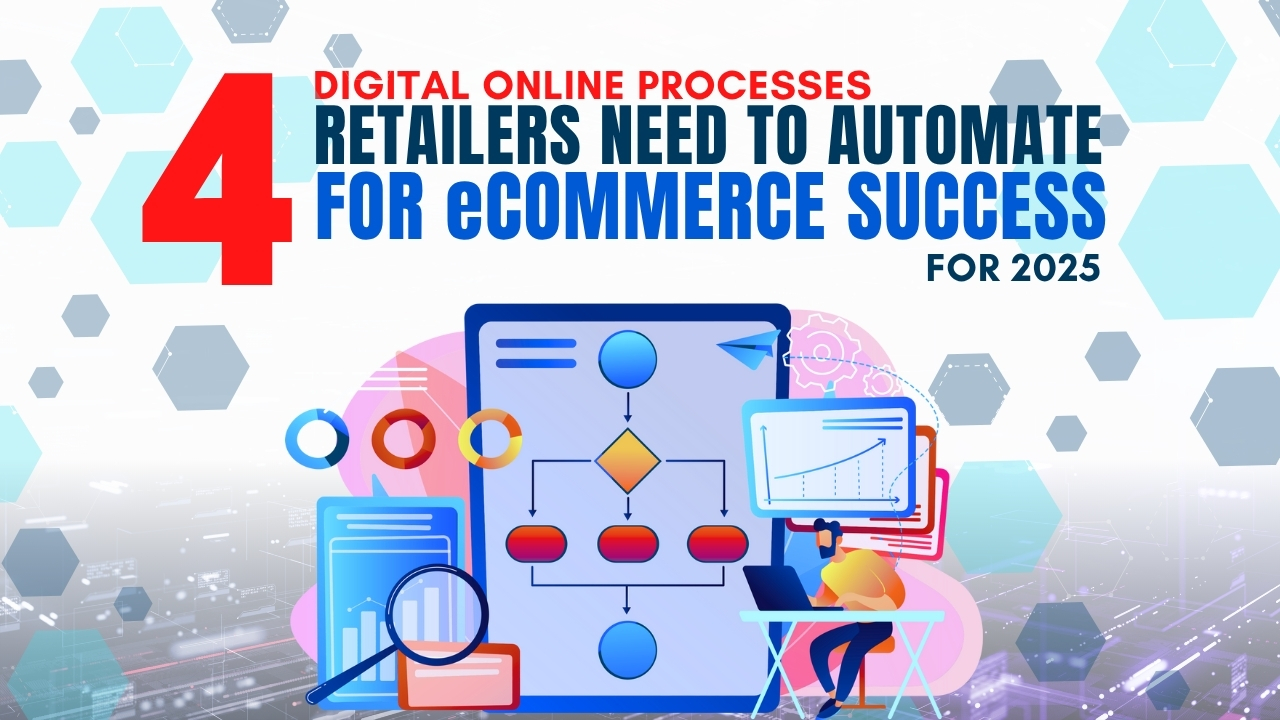Blog
The Best Defense in a High-Risk Market? an Effective Fraud Offense
April 21, 2023 / 7 minute read / By Zoya Naeem

Blog

Predictably, the huge boom in eCommerce sales from the last several years has begun to slow. But there are still significant opportunities for businesses online, and consumers continue to expect to browse and purchase products from their computer or mobile device.
Of course, the opportunities aren’t just for retailers. Bad actors also see an open field to exploit online sales to their benefit. It’s projected that losses due to online payment fraud will reach $48 billion in 2023. Sellers are now facing sophisticated fraud schemes with online sales.
Detecting and preventing fraud is important for every business, but especially for those labeled as “high-risk”. A business might be labeled high-risk because of its industry or as the result of other business characteristics, such as high monthly sales, high average sales, or frequent chargebacks. For many businesses, though, being high risk is simply the result of the industry you’re in, from car parts to weapons and ammunition to health and wellness products. Fraudsters don’t discriminate. It’s crucial that merchants understand what they face to maintain their reputation and protect their profits.
Since 2020, many consumers have fully embraced the convenience of online shopping. It’s both a boon and a challenge for every industry as businesses try to keep up with the speed of change and consumer demands.
As more people have moved to shop online, so have more criminals. Data from the Federal Trade Commission revealed that consumers lost nearly $8.8 billion to fraud in 2022, an increase of more than 30 percent from 2021. Fraudsters are getting smarter and more sophisticated and using tools like machine learning to help them access more accounts and personal information faster than ever before.
Consumers may be particularly susceptible to online fraud, especially if they are new to eCommerce. The current economic climate has consumers looking for bargains where they can find them. This makes them easy prey to fraudsters who may advertise merchandise at deep discounts – items that they don’t have or purchase to resell with someone else’s cards. High-ticket items make a particularly attractive target, as do those that can be resold quickly.
To make matters worse, the merchant is stuck with losing both their stock and the sale. When the legitimate cardholder disputes the purchase, the seller ends up losing the revenue plus any fees and penalties from the chargeback. They may also see damage to their reputation and higher payment processing costs.
There is a broad range of online fraud tactics in use today, but there are a few that can be seen more often than others, including:
Account takeover fraud (ATO) is relatively self-explanatory – it’s when a bad actor gains access to a consumer’s account and uses that account to help them commit fraud. However, ATO is much more nuanced and has many facets that make it a complex fraud type.
ATO can be as clear as a fraudster getting access to a credit card or bank account. This can be the result of a brute-forced password, the use of sophisticated machine learning algorithms, or simple phishing attacks. Once the account access is acquired, the bad actor can change the password, the account’s email, and even the address associated with the account. Then, when a purchase is made with the card or bank account, everything looks normal.
But ATO doesn’t need to start with a payment account. Criminals can get access to multiple accounts by gaining just a single password. Consumers have a habit of reusing the same passwords, with an estimated 64% of individuals using compromised passwords across their personal accounts. Plus, a staggering 73% claim they use the same passwords across business and personal accounts. A bad actor might buy a compromised loyalty account password on the dark web and find that they can get into a person’s bank account, credit card accounts, and more.
Chargebacks are especially problematic for retailers in high-risk industries, who are already paying substantial payment processing rates. With an increase in the number of chargebacks, a retailer can find themselves without the ability to process credit cards, effectively hamstringing any online sales.
There are a few scenarios that lead to chargebacks. In the first, a compromised credit card number is used to purchase goods. When the legitimate card owner sees the charge, they report it to their credit card company, and it’s on the merchant to prove that the purchase was proper. Not only does the retailer lose the merchandise when a chargeback is successful, but they will also lose the money from the sale and be assessed a fee by the processor – up to $100 or more. That doesn’t include the time spent investigating and providing proof of the sale to the card company.
Another form of chargeback fraud is the equally expensive and damaging “friendly fraud”. This occurs when a consumer makes a purchase but then disputes the charge. They may say that the item never arrived, that it wasn’t what they ordered, or that it didn’t match the description. Some consumers consider chargebacks easier than dealing with a store’s return policy. Some simply have buyer’s remorse, while for others, the chargeback might be an honest mistake.
With friendly fraud on the rise, some card companies, like Visa, have begun to implement new rules to help online retailers combat this growing issue. However, even these new rules won’t help in every situation, so it’s important that the retailer do everything they can to prevent the chargeback from the start. This includes following best practices around order summaries and shipping, as outlined below.
PayPal, and other payment platforms, offer a service to facilitate purchases but aren’t themselves a merchant account. That means that even if your customer is paying with a form of payment that allows for the purchase of certain items, PayPal and others can and do declare these sales to be against their Acceptable Use Policy.
Retailers offering sportsman’s supplies and others selling online need to be aware of the terms in these Acceptable Use Policies. Why? Because violating them can be a costly mistake. While not outright fraud, a misstep with PayPal can result in your accounts being frozen and seized.
Per PayPal’s policy:
If you are a seller and receive funds for transactions that violate the Acceptable Use Policy and said violation is associated with fraud… you will be liable to PayPal for the amount of PayPal’s damages caused by said violation. You acknowledge and agree that $2,500.00 U.S. dollars per violation is presently a reasonable minimum estimate of PayPal’s actual damages…
Transactions that violate the Acceptable Use Policy can incur steep financial penalties. PayPal identifies $2,500 as a minimum penalty per transaction. Should they identify 4 or more transactions in violations of their terms, you’d be looking at more than 5 figures in penalties, plus the loss of your platform account and potential legal action.
If your online store sells a variety of products, payment platforms like PayPal may seem like a simple solution for payments. However, you’d need to be vigilant to ensure that orders do not include a platform’s prohibited items. It’s better to find a platform to list products on that doesn’t include these same restrictions.
Protecting your online sales is about knowing what to do and having both a plan and the right solutions to back you up.
There are plenty of options available for processing payments online and in-store. Do your research and be sure to find a vendor that understands your industry as well as the eCommerce space. A trusted software partner can help you navigate and avoid the challenges selling online can present.
The best way to avoid friendly fraud is to be transparent and clear with your products, services, and return policies prior to consumers completing their purchases. When an online purchase is made, be sure to email the buyer a detailed receipt with accurate descriptions of what they purchased. Include amounts, sizes, and complete descriptions, and be sure any return policy – including not accepting returns – is clear on the receipt. Additionally, use a reputable shipping partner that provides detailed tracking information, and require signatures.
Once a customer has received their purchase, check in with them. Verify that the item is what they ordered and expected, and be ready to help with any order issues. Not only is this great customer service, but it lets the customer know that you’re aware they received the item and verify that it’s what they expected.
Fraudsters are leveraging high-tech solutions to help them gain access to accounts and steal from merchants. Retailers need to be ready to fight fire with fire. Innovative and smart solutions are readily available and can help increase revenue while minimizing friction in the buying process.
A risk prevention platform can provide multilayered protection to reduce chargebacks and identify other fraudulent activity. A partner that offers a chargeback guarantee along with specialists that employ multiple components to identify attack patterns will positively impact your bottom line and your business’s overall reputation.
It’s critical that online store owners understand not only the policies and rules where they sell but also the fraud risks that are unique to their industry. Knowledge is power, and that information can lead you to implement better practices and search out the partners that offer the best solutions for you. The right payment platform, both online and offline, combined with an innovative risk prevention solution, can significantly increase revenue and prevent fraud schemes from derailing your business.
 Discover how GEO is reshaping search, and what smart retailers must do now to stay visible on AI-powered… |
 With more people shopping online than ever, SMB retailers need a plan to ensure the most conversions… |